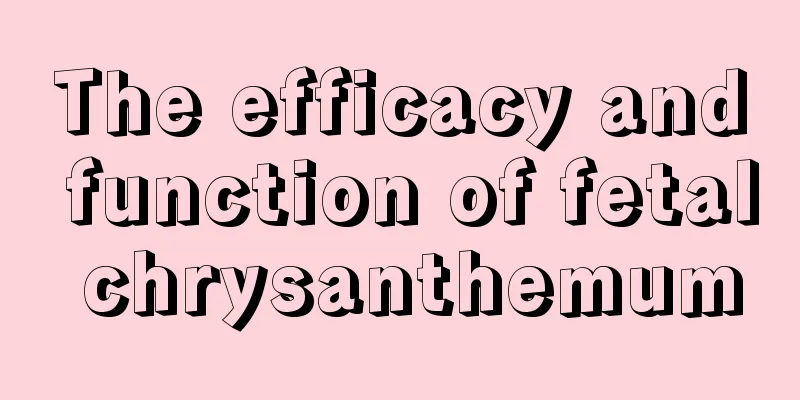What are the special fertilizers for citrus?

|
Fertilization of citrus is very important. Fertilization should be carried out according to soil conditions, tree vigor, yield, etc. Fertilization is indispensable, but it should not be applied blindly or excessively. So what are the special fertilizers for citrus? Let’s take a look together below. 1. Special fertilizer for citrus 1. Shoot-out period After the spring shoots emerge, it is recommended to quickly promote the maturation of the spring shoots. Photosynthesis can only be carried out after the leaves mature. At this time, it is recommended to spray potassium dihydrogen phosphate + amino acid-containing foliar fertilizer . As the temperature gradually rises during the spring shoots, you should pay attention to the occurrence of aphids and anthracnose diseases to avoid harming the newly sprouted spring shoots. 2. Flower and fruit preservation period (1) Flower preservation: Generally, mid-April is the time when citrus flowers turn white. This is the critical period for citrus flower preservation. It is recommended to spray the leaves with foliar fertilizer containing amino acids + boron fertilizer + potassium dihydrogen phosphate + gibberellic acid (920). At the same time, the flower preservation period is also the outbreak period of red spider mites, aphids, bud maggots, thrips, brown spot disease, and blossom rot. It is recommended to use insecticides and fungicides together during the protection period. (2) Fruit preservation: Late April and early May are the fruit preservation periods. At this time, the citrus flowers have already withered by about 80%. It is recommended to spray the leaves with amino acid foliar fertilizer + calcium fertilizer + potassium dihydrogen phosphate + gibberellic acid (920). This is also the outbreak period of red spider mites, aphids, sand skin disease, and ulcer disease. It is recommended to use insecticides and fungicides together during the protection period. (3) It is recommended to use the flower and fruit preservation agent according to the citrus variety and its own fruit setting rate. For varieties with high fruit setting rates, it is recommended to use it twice, and for varieties with low fruit setting rates, it is recommended to use it three to four times. 3. Fruit expansion period (1) Late May to August each year is the fruit-swelling period for citrus fruits and is also the critical period for citrus nutritional supplementation. It is recommended to supplement both the roots and leaves at the same time. Spray the leaves with amino acid foliar fertilizer + potassium dihydrogen phosphate, alternate with calcium fertilizer, flush or spread with balanced macroelements + microbial agents on the roots. Since the growth cycle of the fruit swelling period is relatively long, it is recommended to alternate the fertilizer plans, apply fertilizer twice a month, or four times in three months. (2) The fruit swelling period is also the rainy season in my country. At this time, attention should be paid to timely drainage and waterlogging prevention. Once waterlogging occurs, drainage should be carried out in a timely manner. At the same time, each tree should be sprayed with rooting agents and microbial agents. 2. Amount of fertilizer for citrus In the process of citrus fertilization, controlling the amount of fertilizer is the key link to ensure the healthy growth of citrus. The age of the fruit tree, the amount of fruit produced, the quality of the soil, etc. affect the amount of fertilizer to be applied. Generally speaking, compound fertilizer is used and the fertilizer is mixed according to the ratio of 2:1:2 of nitrogen, phosphorus and potassium. This is the only way to accurately allocate the nutrients needed by fruit trees and fertilize the fruit trees reasonably. Applying two kilograms of compound fertilizer to each citrus tree can meet the nutritional needs during the growth process. That’s it |
<<: Which month is best to plant tulips?
Recommend
What should I do if my domestic azalea wilts?
1. Replace the loam If the soil becomes too alkal...
Grafting technology of walnut tree
1. Grafting time The grafting time of walnut tree...
Clematis pruning
1. Micro-cut There are many varieties of clematis...
Key points of high-yield planting and management technology of loofah
Luffa plants have a high demand for fertilizer , ...
How to propagate bougainvillea from cuttings
1. Select branches Bougainvillea is usually propa...
I went to visit a flower grower and found that all the flowers were cut off. The reason was...
Margaret How to shave your head: Margaret's h...
How to prune the peace tree with methods and diagrams
Peace tree pruning time Usually, the peace tree c...
The growth environment and local conditions of Mimosa pudica
Mimosa growth environment and conditions Mimosa g...
How to propagate the dragon iron tree and what to pay attention to
How to reproduce There are generally three method...
Pomegranate pollination time and method
Pomegranate Pollination Pomegranate pollination i...
Tips for high cucumber yields
As a crop that adapts to normal temperature growt...
How to cultivate mountain peach
1. Soil: Mountain peach has strong adaptability t...
The efficacy, effects and contraindications of Platycodon grandiflorum, how to eat Platycodon grandiflorum
1. Efficacy and Function Platycodon has three mai...
What flowers to send to pick someone up at the airport
1. Tulip Choose tulips, roses, lilies, and add so...
When is the best time to repot the dragon blood tree? What are the precautions for repotting?
Time to repot dragon blood tree The Dracaena need...









